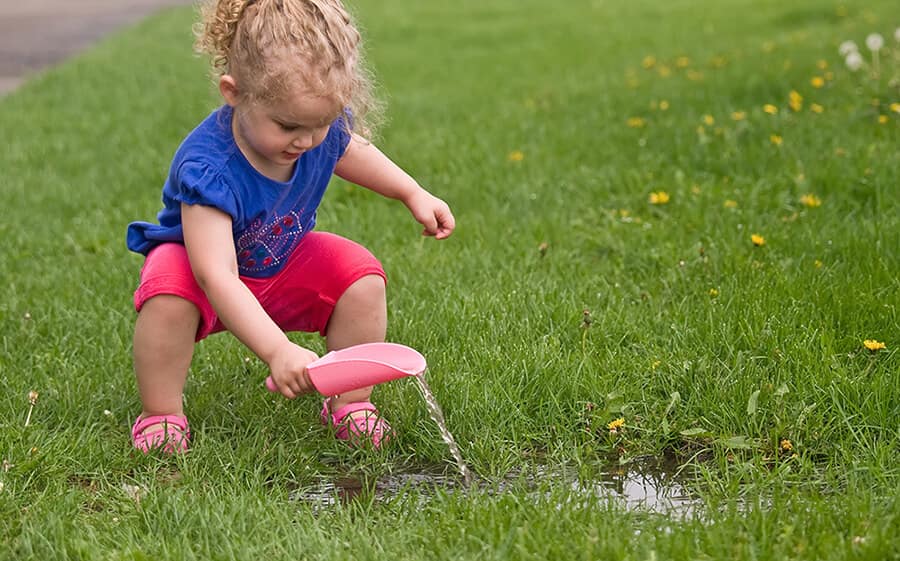Just how do you actually feel with regards to Most Common Causes of Leaky Pipes?

Leaks not only create waste of water but can also create unneeded damages to your house as well as promote unwanted organic development. However, water leakages may go unnoticed since a lot of the pipework in our home is concealed. By looking as well as comprehending for everyday scenarios that trigger leakages, you can safeguard your home from future leakages as well as unnecessary damages. Today, we will take a look at six leakage triggers that may be creating your pipelines to drip.
Elbowing in origins
Most water leakages start outside your house instead of inside it. If you notice an unexpected decrease in water stress, say in your tap, require time to head out as well as analyze your yard. You may see wet patches or sinkholes in your backyard, and that could imply that tree origins are invading water lines triggering water to seep out. You can have your plumber check for invasion, specifically if you have trees or shrubs near your residential property.
Corroded water systems
This could be the reason of staining or bending on your water pipes. If our plumbing system is old, think about replacing the pipes considering that they are at a greater danger of deterioration than the more recent models.
Defective Pipe Joints
The point at which your pipes connect is frequently the weakest link in the waterline. Pipe joints can weaken gradually, leading to water leaks. Unfortunately, most of pipeline joints are not conveniently noticeable. If you have noisy pipes that make ticking or banging noises, particularly when the hot water is turned on, your pipe joints are probably under a great deal of stress. It is suggested to have your plumber evaluate your system annually.
Instantaneous temperature level modifications.
Extreme temperature changes in our pipelines can cause them to expand and also get all of a sudden. This development as well as contraction might create fractures in the pipes, particularly if the temperature are below freezing. It would certainly be best if you watched on how your plumbing works. The visibility of the previously discussed circumstances regularly suggests a high risk.
Poor Water Connectors
At times, a leakage can be caused by loose tubes and pipes that provide your appliances. In situation of a water connections leakage, you might notice water running directly from the supply line or puddles around your home appliances.
Obstructed Drains
Blocked drains pipes could be bothersome and also inconveniencing, yet they can in some cases wind up creating an overflow resulting in rupture pipelines. Maintain removing any materials that might drop your drains that might block them to stay clear of such aggravations.
All the above are reasons for leakages however not all water leakages result from plumbing leaks; some leaks may originate from roof covering leakages. All leakages should be fixed promptly to stay clear of water damages.
Leakages not just create waste of water yet can also cause unnecessary damage to your house as well as promote unwanted organic development. By looking and understanding for everyday situations that cause leaks, you can shield your residence from future leakages and also unneeded damages. Today, we will certainly look at six leak creates that may be causing your pipelines to drip.
At times, a leak can be triggered by loose hose pipes as well as pipes that supply your home appliances. In case of a water links leak, you might notice water running straight from the supply line or pools around your devices.
How To Check For Water Leak In Your Home
How To Check for Leaks
The average household's leaks can account for nearly 10,000 gallons of water wasted every year and ten percent of homes have leaks that waste 90 gallons or more per day. Common types of leaks found in the home are worn toilet flappers, dripping faucets, and other leaking valves. These types of leaks are often easy to fix, requiring only a few tools and hardware that can pay for themselves in water savings. Fixing easily corrected household water leaks can save homeowners about 10 percent on their water bills.
To check for leaks in your home, you first need to determine whether you're wasting water and then identify the source of the leak. Here are some tips for finding leaks:
Take a look at your water usage during a colder month, such as January or February. If a family of four exceeds 12,000 gallons per month, there are serious leaks.
Check your water meter before and after a two-hour period when no water is being used. If the meter changes at all, you probably have a leak.
Identify toilet leaks by placing a drop of food coloring in the toilet tank. If any color shows up in the bowl after 10 minutes, you have a leak. (Be sure to flush immediately after the experiment to avoid staining the tank.)
Examine faucet gaskets and pipe fittings for any water on the outside of the pipe to check for surface leaks.
Undetected water leaks can happen without the home or business owner even realizing. If you suspect a water leak, but not able to find the source. It is time to contact a professional water leak detection service, The Leak Doctor.
How To Find a Water Leak In Your Home
https://www.leakdoctor.com/blog/How-To-Check-For-Water-Leak-In-Your-Home_AE197.html

Do you really like reading up on How to Find Water Leaks? Try to leave a remark down the page. We'd be pleased to find out your thinking about this blog post. In hopes that you come back again soon. Are you aware of another person who is looking into the subject? Take a moment to share it. Thanks for your time. Kindly check up our site back soon.
More Details